Loading ...

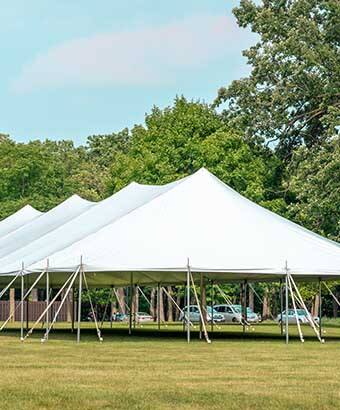
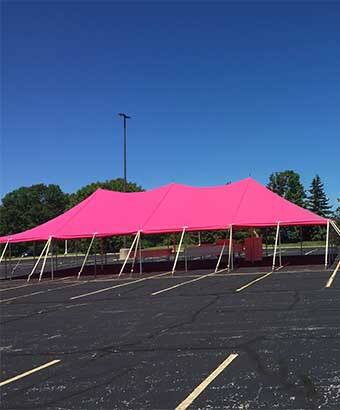
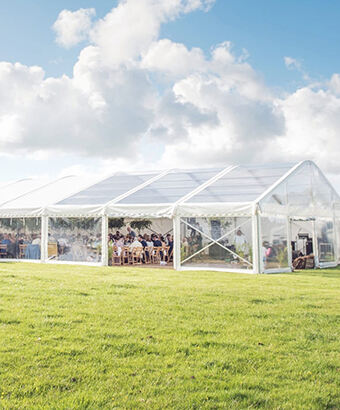
Introduction:
If you ever want to organize an outdoor event or put up a temporary structure for a specific reason, then just know that a good tent design can be the ultimate solution. The adaptability and variability of tents makes them perfect for events such as parties, fairs, weddings et cetera. In this post, we will discover how exciting it is to customize your own tent and discuss the different choices one has when making his or her ideal tent. We will explore various options on designing roof tops and other forms of decoration that are needed to have everything set in your mind as an organizer of a function.
1. Choosing the Tent Roof:
The roof type is the first factor to consider when customizing your tent. The roof not only provides a foundation but also enhances the visual impact of the building.
a) Transparent Cover: An open and airy feel can be achieved by using a transparent cover when facing natural light. During the day, sunlight can be shed and the night sky is breathtakingly beautiful.
b) White Cover: A white tent roof exudes elegance and sophistication. It provides a clean canvas for creative lighting effects and allows you to play with different colors and projections to set the mood for your event.
c) Color Options: You can choose from a variety of colors such as red, green, or any color that matches your theme or branding. Colors can create a mood and convey specific emotions.
2. Selecting Tent Walls:
Tent walls not only enhance the tent's structural integrity but also provide privacy and protection.
a) PVC Plain Wall: The plain PVC wall is a straightforward and versatile solution that offers superior wind and weather resistance. They provide a blank canvas for branding or customized decorations.
b) PVC Wall with Clear Windows: PVC walls with clear windows offer excellent privacy and natural light. These walls seamlessly connect the interior and exterior.
c) PVC Clear Wall and Glass Wall: Whether for events where the wall is transparent and immersive, it is made of PVC clear walls or glass walls. They provide unimpeded views and allow guests to enjoy the scenery.
d) Sandwich Walls and Plastic Solid Wall: Sandwich walls or plastic solid walls are ideal for soundproofing and insulation. They provide better temperature control and privacy.
3. Exploring Tent Door Options:
The placement of your tent's entrance and exit points is critical to ensuring efficient flow and accessibility.
a) Glass Door: With a glass door, the tent is more elegant and allows natural light to flood in. By creating a warm welcome, guests can observe the event from inside.
b) Sliding Door and Folding Door: If space is tight, sliding and folding doors are a practical solution.They make the most of the available space and allow guests to enter with ease.
c) Solid Door: A solid door is a great option for those seeking privacy and security. The design is more traditional and confined, while still maintaining the safety of its interior.
4. Customizing the Tent Floor:
To ensure a stable and comfortable event experience, the tent floor is essential.
a) Wooden Floor with Plastic Base: It is a versatile and long-lasting flooring choice. It offers a sturdy base that can be used on any surface. A sturdy, plastic base is utilized to keep the ground below in place.
b) Cassette Wooden Floor: For a more refined and polished look, he prefers 'cassette wood floor'. By providing a sturdy and even surface for your event, it adds glamor.
5. Tent Fixation Options:
Ensure that your tent is stable and secure, especially in outdoor settings. Consider these fixation options:
a) Expand Screw: Tents can be secured on hard surfaces like concrete or asphalt with the use of expand screws. They offer a firm grip and are easily removed afterward.
b) Ground Stake: Ground stakes are commonly used to secure tents on grass or soil. They are dependable and excel in windy environments.
c) Weight Plate: In the absence of staking or drilling, weight plates are utilized. They add weight to the tent and can be discreetly positioned around the perimeter.
6. Tent Decoration:
Adding these decorations can create an immersive and magical experience.
Roof Lining: A roof lining complements your tent with elegance and luxury. By obscuring the structure, there is a charming ceiling.
b)Sidewall Drapery: Sidewall drapery adds a touch of elegance and softens the interior. The tent can be customized to fit any color or theme, creating a consistent appearance.
7. Additional Options:
If you are planning an event, you may want to consider incorporating the following items:
a) Lighting: Lighting: It's what sets the mood and makes your event more special. Lighting options such as chandeliers, spotlights or fairy lights can make the tent truly magical.
b) Rain Gutter: Predicting rain or providing adequate water for drainage can lead to the installation of a rain gutter system. This helps to keep the tent dry while also keeping the inside comfortable.
c) Carpet: Carpet is used to make the tent floor feel cozy. It also offers cushioning and comfort for the feet.
d)Tables and Chairs: Seating requirements will vary depending on the type of event. Ensure that the tables and chairs used match the theme and provide comfort to your guests.
e) Air-Conditioner: During the summer or in hot and humid climates, an air-conditioning system can be installed to keep the tent cool and comfortable for attendees.
8.Choosing the Tent Size:
Before delving into specific customization options, it's important to know the appropriate size for your tent. The size of the tent will depend on how many guests, the type of event and available space. Choosing the right size tent is crucial for ensuring comfort and catering to all attendees, regardless of the type of event.
Considerations when choosing the tent size:
a) Guest Count: Determine the number of attendees at your event. You can use this to determine the necessary dimensions for seating, dining areas, and other available space.
b) Event Type: Space requirements vary depending on the type of event. A wedding reception may require more space for tables and dancing, while an exhibition may need a lot of floor space.
c) Available Space: Find out where the tent will be placed. Consider whether the tent will be limited by trees, buildings, or uneven ground conditions.
d) Regulations and Permits: Examine local regulations and obtain the necessary permits to ensure compliance with safety protocols and tent limits.
9. Tent size selection:
The size of your tent should be a starting point before you explore customization options. Your tent's size is determined by the number of guests, type of event, and available space. The size of your tent is a crucial factor in determining whether you're hosting ten large parties or just having ONE intimate event.
Considerations when choosing tent size:
a) Number of guests: Specify the number of attendees attending your event. The determination of seating, dining, and other required space will be aided by this.
b) Event type: Various event types demand distinct space allocations. A wedding reception may require more space for tables and dancing, while a trade show may have room for booths and displays.
c) Available space: Determine the suitable spot to place your tent. Observe the physical limitations of your tent, such as trees, buildings, and uneven surfaces.
Personalized tents can create an exclusive setting for your event. To create the ideal tent, you must consider factors such as roofs, walls and doors to fill up the floor, fixtures and decorations, and of course other elements. A custom-made tent can create an unforgettable experience for any outdoor event, such as a wedding or exhibition. Explore your options and design your dream tent.
The options presented in this blog are only a guide to beginning with. Contact our tent industry specialists for personalized assistance and tailored solutions. Make your tent as you please!
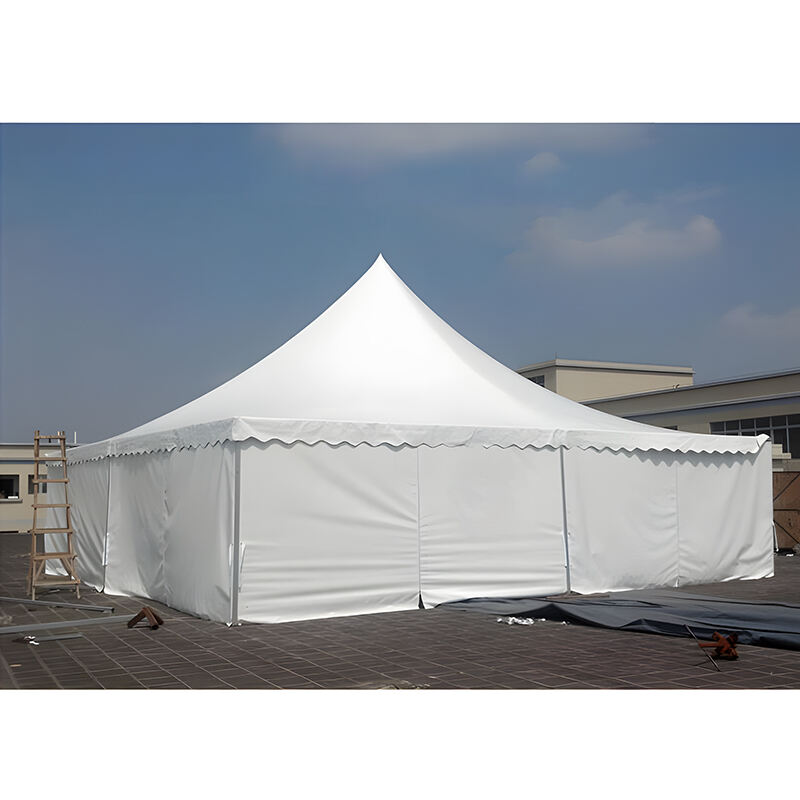
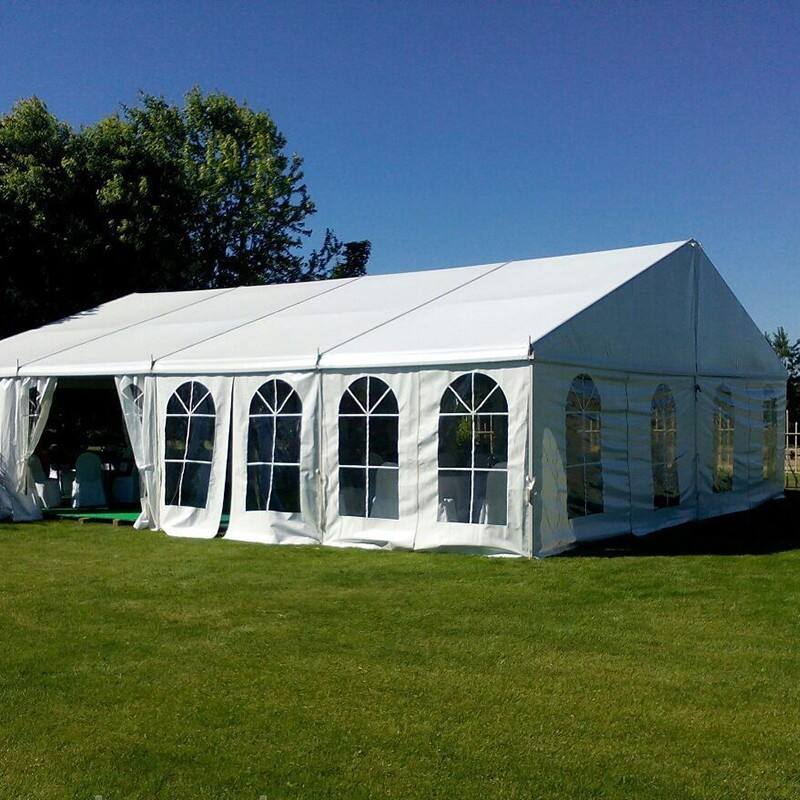
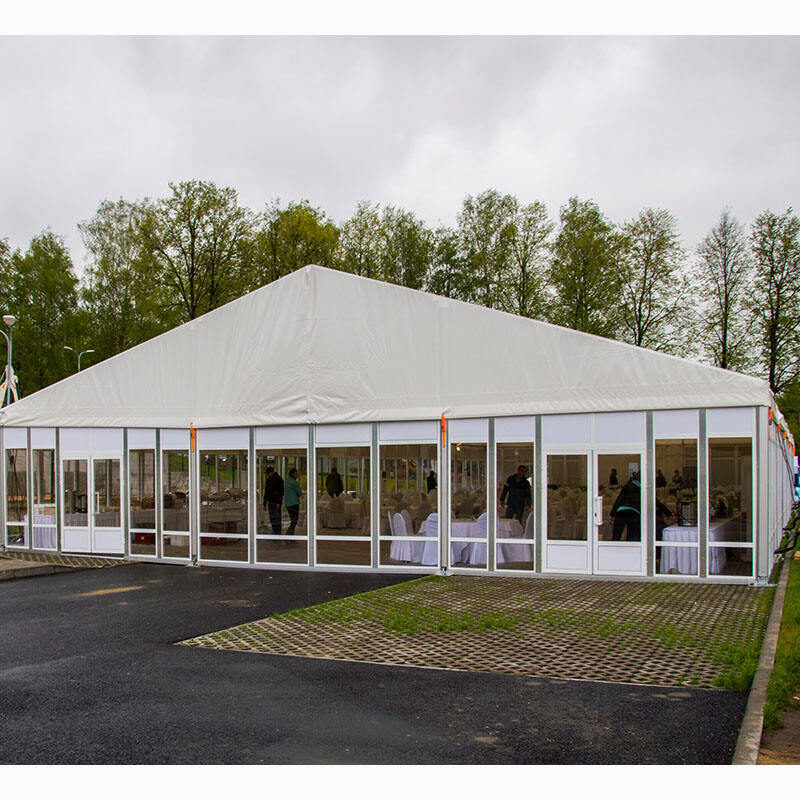
Copyright © Suzhou Yiqian Outdoor Equipment Co., Ltd. All Rights Reserved — Privacy Policy — Blog